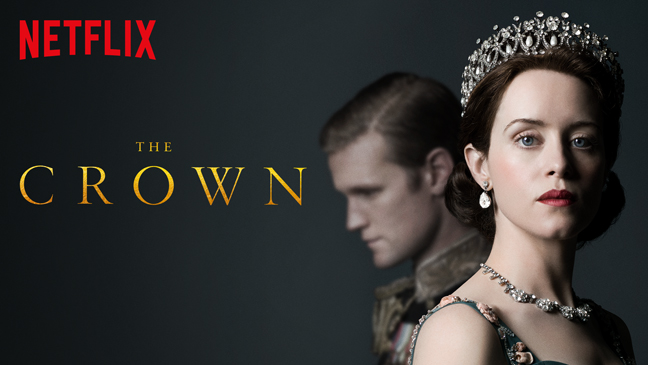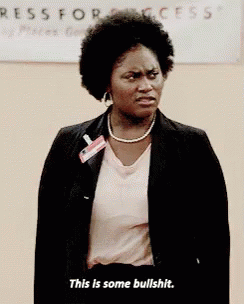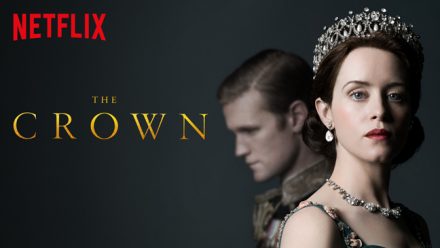Crowning Inequality : An Age-Old Problem in a Brave New (Streaming) World

At a conference in Jerusalem last week, executive producers of the popular Netflix show “The Crown” revealed that Claire Foy, who portrayed the titular monarch in seasons one and two, was paid less salary than the actor who played her husband.
Let that sink in. The queen was paid less than her supporting prince consort.

The pervasive imbalance in pay scales for female and male actors has been a hot media topic lately (see: Michelle Williams and Catt Sadler, among others), and the guilty parties always seem to have one “understandable” excuse or another. In this case, the actor who played Prince Philip was Matt Smith, a former star of the BBC’s sci-fi hit Doctor Who. (The 55-year-old cult favorite show, interestingly enough, will inaugurate its first female lead in the upcoming 2019 season.)
Considering the fact that Foy was considered an industry “unknown” before the first season and that the ways in which streaming-only shows are still evolving, one could argue that Smith was needed to attract viewers to the lush costume drama. However, by the time season two rolled around, Foy had been nominated for both an Emmy and a Golden Globe for her performance as Queen Elizabeth II, while Smith had earned no such acclaim. The poster for the second season even underscores his lesser role, with Foy featured as the show’s clear focal point.

Was there a pay difference between the two seasons? The producers’ comments on this weren’t clear, although they did say that going forward, the queen will be paid more than any other actor on the show. Not that this will actually right the already done wrong, since Foy will be replaced by other women in the forthcoming seasons to better reflect the character’s age throughout the decades. First up to don those weighty jewels is Olivia Colman, a well-known actor in the U.K. Her consort has yet to be cast, so whether or not the salary adjustment could be attributed to gender parity versus reputation remains to be seen.
Even if you can accept that in this case a more well-known actor drew a bigger salary—under the theory that his brand and time is therefore worth more money—there’s a reason the “big name” excuse is overused. Because of our patriarchal society’s default to the valuation of men as higher than women, there are simply more men in the “celebrity” pool. In 2017, 16 superstars made over $20 million while acting in blockbuster films, but only three of them were women.

Of course, thinking about the gender pay gap in relation to Hollywood acting elites involves numbers that most of us can’t relate to on a daily basis. But the differences are stark in every industry, and the thought of the queen earning less than her consort is a hard one to forget.
Streaming media companies tout more creative freedom than their network counterparts because they aren’t beholden to the size of their audiences. As such, they have a chance and a choice to be better than the rest of their industry regarding equal pay and gender equality. But until our culture as a whole recognizes that all people were created equal and deserve to be treated as such, these companies have no incentive to do any better, and the queens’ crowns will always be polished a little less brightly than those of their princes.




